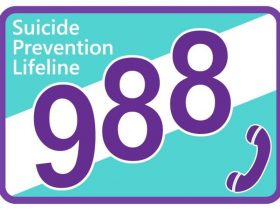Different types of screen use during the pandemic associated with distinct mental health symptoms in children according to age group
FRIDAY, Jan. 7, 2022 (HealthDay News) — Higher levels of screen use are associated with poor mental health for children and youth during the COVID-19 pandemic, according to a study published online Dec. 28 in JAMA Network Open.
Xuedi Li, from the Hospital for Sick Children in Toronto, and colleagues assessed whether specific forms of screen use (television [TV] or digital media, video games, electronic learning, and video-chatting time) were associated with symptoms of depression, anxiety, conduct problems, irritability, hyperactivity, and inattention in children and youth during the COVID-19 pandemic. The analysis included two community cohorts and two clinically referred cohorts (2,026 children and youth aged 2 to 18 years) assessed between May 2020 and April 2021.
The researchers found that in younger children (mean age, 5.9 years; 51.7 percent male), higher TV or digital media time was associated with higher levels of conduct problems (age 2 to 4 years: β, 0.22; age 4 years or older: β, 0.07) and hyperactivity/inattention (β, 0.07). Higher levels of TV or digital media time were associated with higher levels of depression, anxiety, and inattention, while higher levels of video game time were associated with higher levels of depression, irritability, inattention, and hyperactivity in older children and youth (mean age, 11.3 years; 56.5 percent male). Higher levels of depression and anxiety were tied to higher levels of electronic learning time.
“These findings suggest that policy intervention as well as evidence-informed social supports are needed to promote healthful screen use and mental health in children and youth during the pandemic and beyond,” the authors write.
Copyright © 2021 HealthDay. All rights reserved.







